Your cart is currently empty!
From Hanfu to Cheongsam: Fashion, Gender and Body Politics
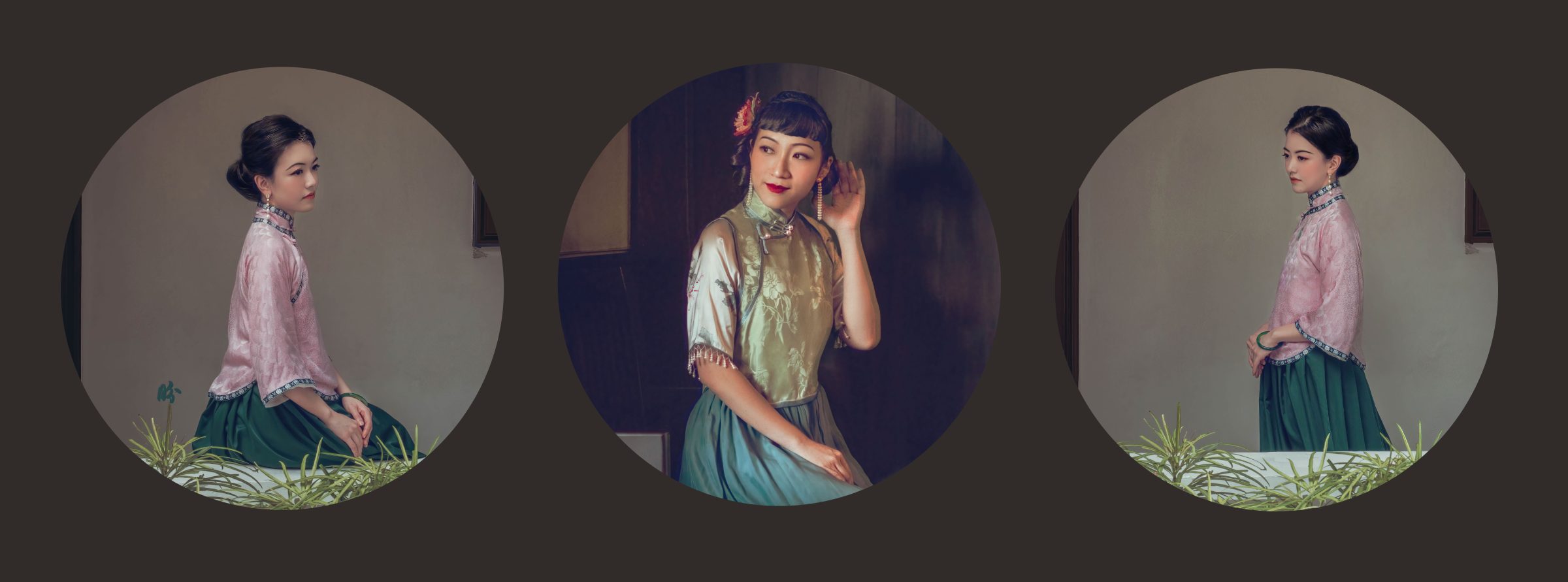
Because of Fashion’s close associations with consumption, it has often been dismissed as frivolous in modern context. However, fashion, in its fundamental form, has all along been a highly politicised matter. A woman’s body is never her own, and how she dresses, the shape of her body parts, and her fashion choices were more than just superficial indulgences. Fashion has often been, especially in the context of ancient Chinese societies, a highly controversial political and moral signifier.
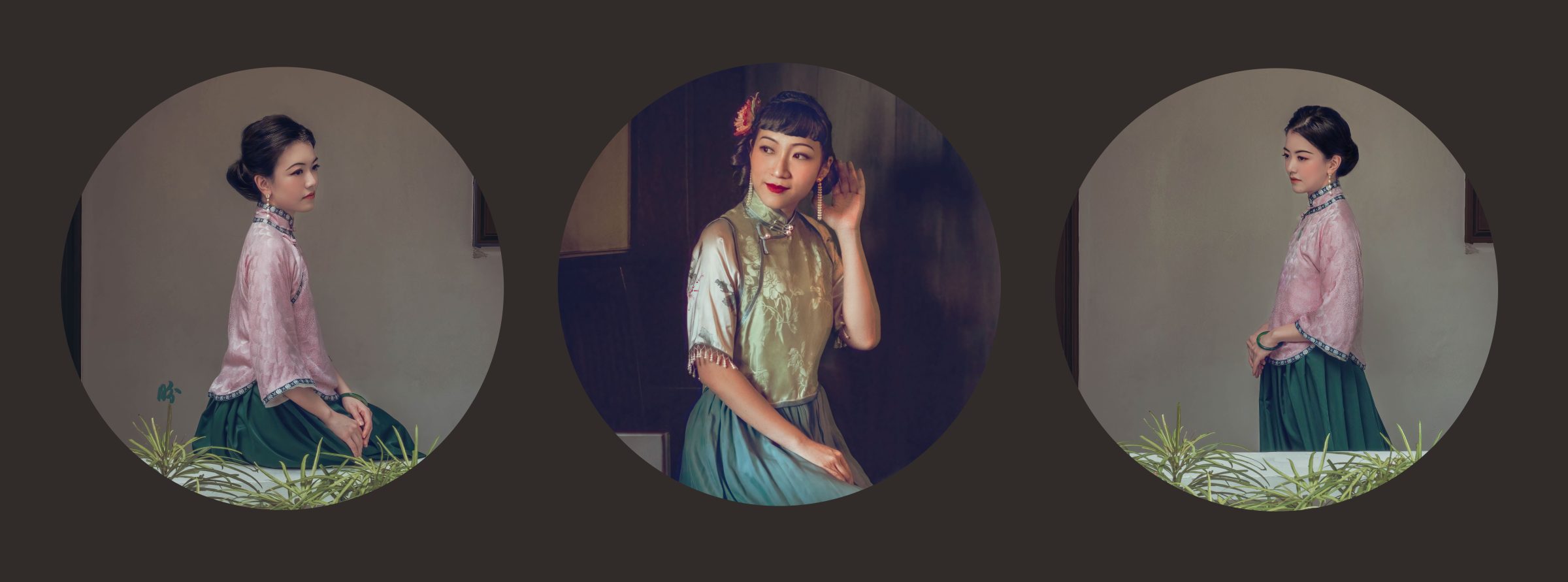
But you would be mistaken to think that Chinese women were way more repressed than their western counterparts. For one, if you’ve heard of the ‘bra-burning feminist‘ term (which didn’t really happen btw), you might be surprised to know that while this call for liberation from the constraints of bras happened in the late 60s America, Chinese women have been calling for liberation of their boobs in the name of female empowerment way back in the early 1910s! That’s 50 years before!
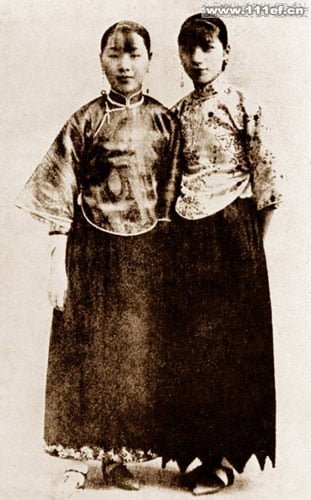
Most people are familiar with the done-to-death use of the bound feet as a mark of female oppression in ancient Chinese societies. But it was believed to be an influence from the West. In their initial stages, it wasn’t even all that small. Rather, it was more of a narrow feet aesthetic. Subsequently, as with everything, it lots its original sense and became festishcised into the form that we recognise today.
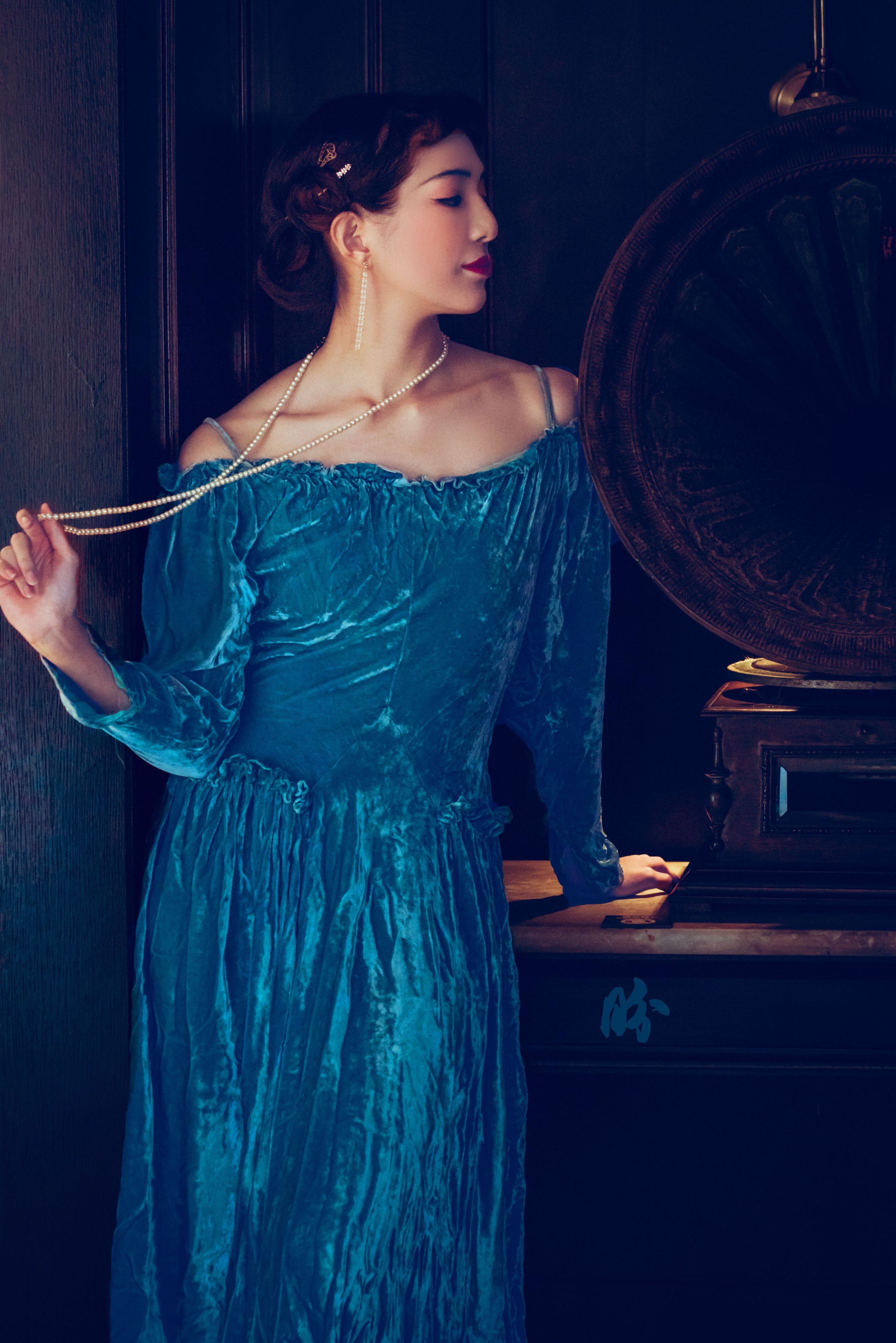
While we all know about foot-binding, very few know of the equally long-standing chest-binding practice which coincidentally fitted the flapper fashion in the early 20th century in the West. The irony is that while the women of the West embraced flapper fashion with flattened chest as a symbol of liberation from their corsets, at the same time, the women of China had flat chests as a result of the same constraints that the corsets imposed on their Western counterparts. So even though the more progressive Chinese literatis (men and women) of that time called for a liberation of their ‘natural breasts’ but it was not until 1927 that it was officially launched by the government. So Chinese women still maintained a very narrow and flat side body profile before that.

And the East and the West met in the middle. The western flapper fashion was a natural fit to the Chinese women’s new feminist consciousness and their (newly-liberated)bound-chest silhouette. Think about it this way, if there is a mom-bod trend in fashion now, I would definitely be the biggest avocate and buy a million of the “mom-bod fashion” dresses. #justsaying. That’s probably what went on in China in those days, with women finding this ‘western’, and ‘modern’ fashionable look easy to transit into with their existing body.
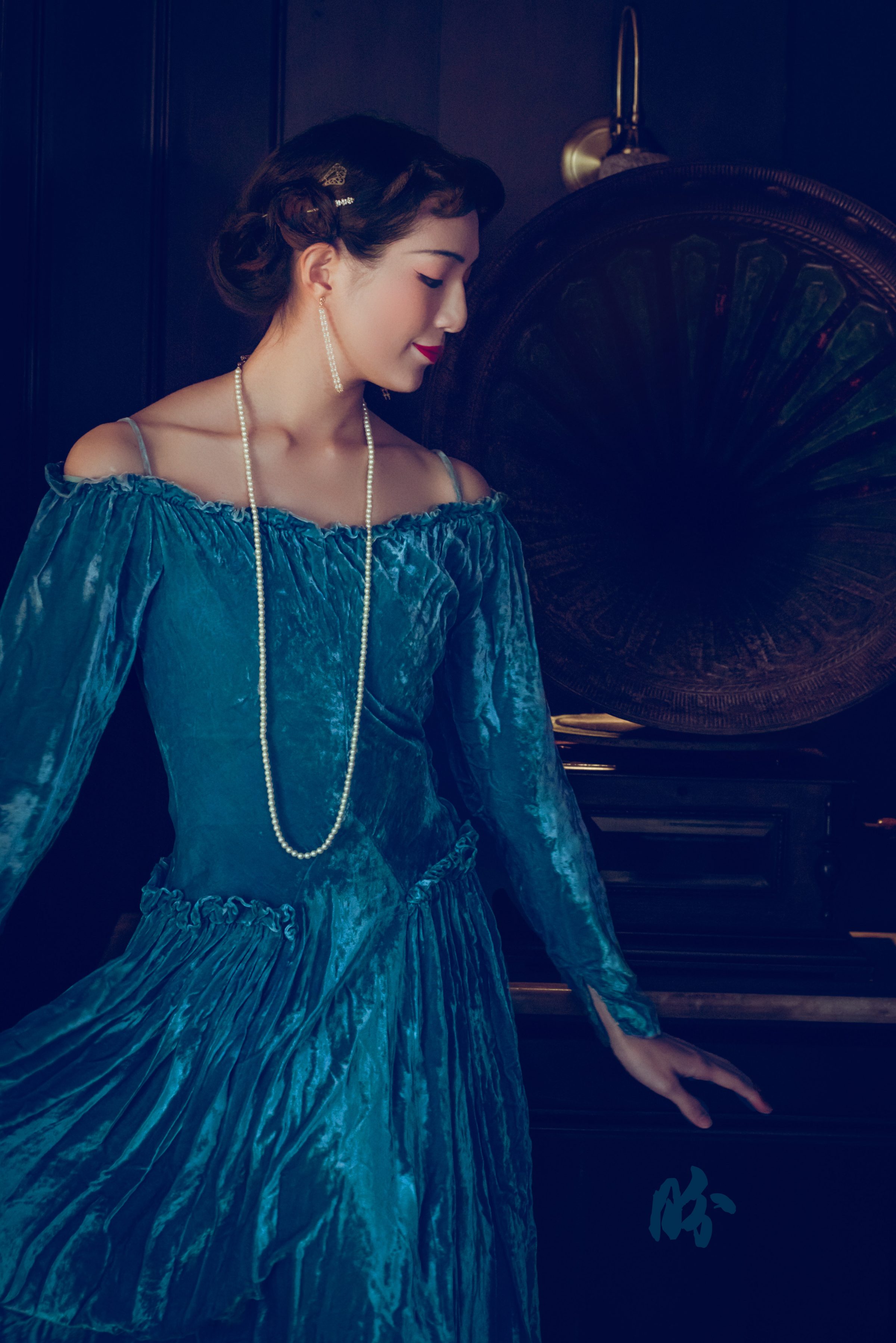
The traditional Chinese dress, which is generically referred to as the Hanfu is done with a flat cutting (Kimono has a similar structure). To put it simply, you can put it on a flat surface, and fold it easily without having a lot of uneven parts such as the seams around the boobs and the butts popping out. It is technically not totally flat but that’s a topic for another day.
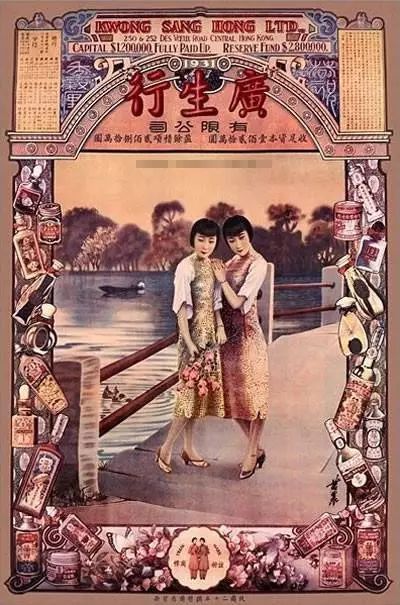

Most people probably have tried on a Yukata or Kimono (probably more likely than a piece of Hanfu). And you would have noticed that the general aesthetic is to have a flat chest waist and butt line, essentially having a special bra that presses your chest down is one of the important accessories. Traditional Hanfu, due to its flatness, has similar aesthetics. The explanation which I found through my own experience, is that you would look bloated if you have big boobs as the excess fabric would drape down your body like you are pregnant since it is not fitted to your body shape.
So an ideal Chinese beauty in the last few hundred years, would have no boobs (and shoulders) essentially.
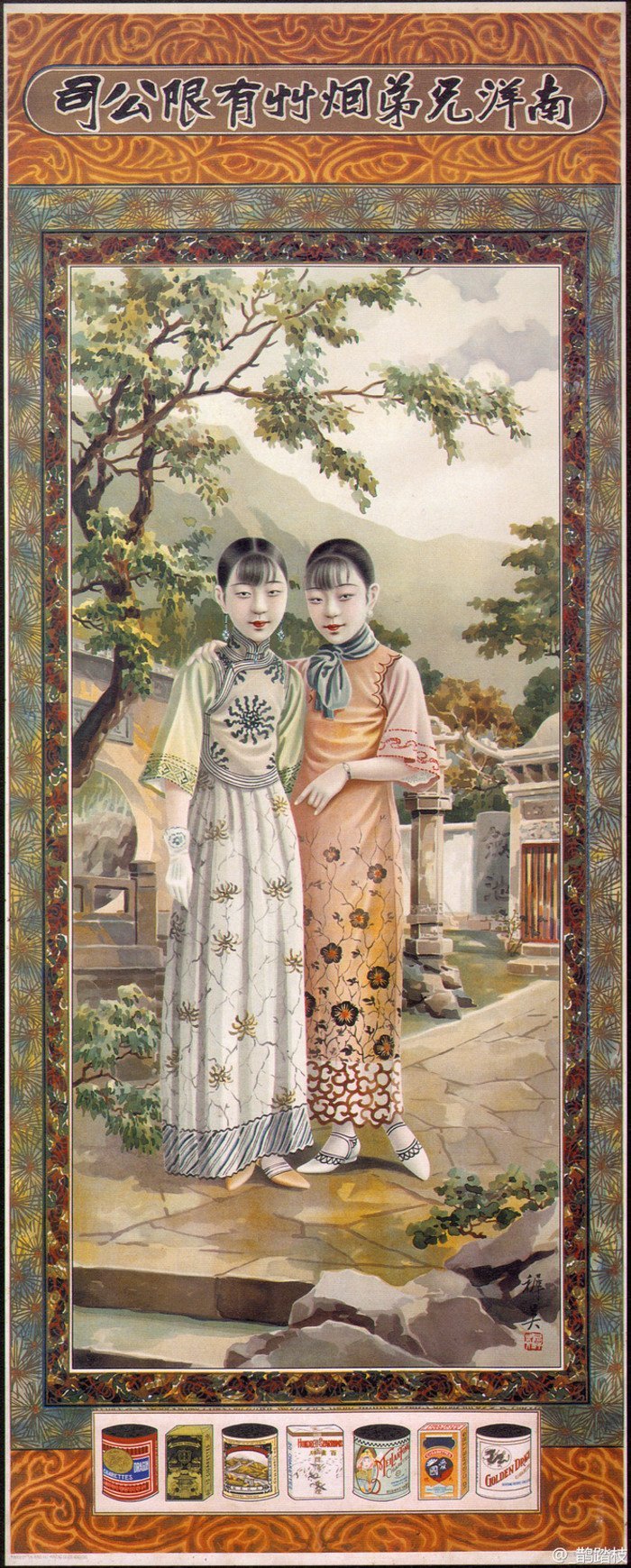
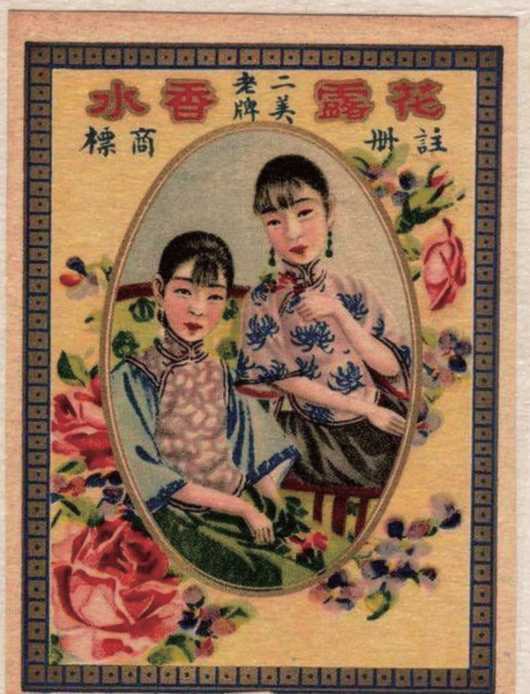
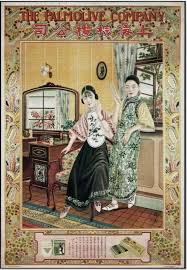
Because fashion is an important way for women to project their ideological stands, you could tell who were the ‘liberated’ new age women and the traditionalists.
There were two camps of women at the turn of the century:
- The traditionalists who kept their hair long, with bound chests, bound feet and loose-fitting Qing dynasty two-piece top and bottom. They would mostly be home-bound.
- The revolutionists who cut their hair short, campaigned for the liberation of natural boobs as a sign of their intellectuality, and a slightly less baggy dress. It could be a mix of western dresses, early form of cheongsam (one-piece and two-piece). And they loved a good party.


I wrote ‘liberated’ because you’d have thought that they would’ve been less more moderate in their approach to women’s dressing identity, as the more ‘woke’ group. However, fashion, as always, is bound to be politicised regardless. Haircutting became a political statement, and more educated women saw it as a physical manifestation of their revolution against the patriarch and it was the true spirit of that time.

The ‘liberated women’ saw it as a mission to ensure that all the ‘oppressed’ women who still conformed to tradition have their hair cut and started going about forcing everyone to do so. Little did they realise that hair meant so much to the traditional Chinese, not only as a symbol of filial piety, but also as a symbol of one’s very identity, one that is equally important as their ideal of a liberated female identity. So one of the village woman who had her hair forcefully cut, commited suicide. And in an even more extreme case published in a female magazine, it was said that villagers saw women dressed in military wear going around cutting women’s hair, and a group of over 30 women escaped into the middle of a lake on a tiny boat which eventually capsized (presumably drowning everyone on board).
This was so unnecessary on hindsight because top-down approach never works in meaningful conversion. Eventually, women naturally started cutting their hair as they saw more celebrities, socialites/courtesans and famous people doing so. It became so popular that Beijing even started a female hairdressing school in 1928 with a minimum qualification requirement even.
The importance of soft power.
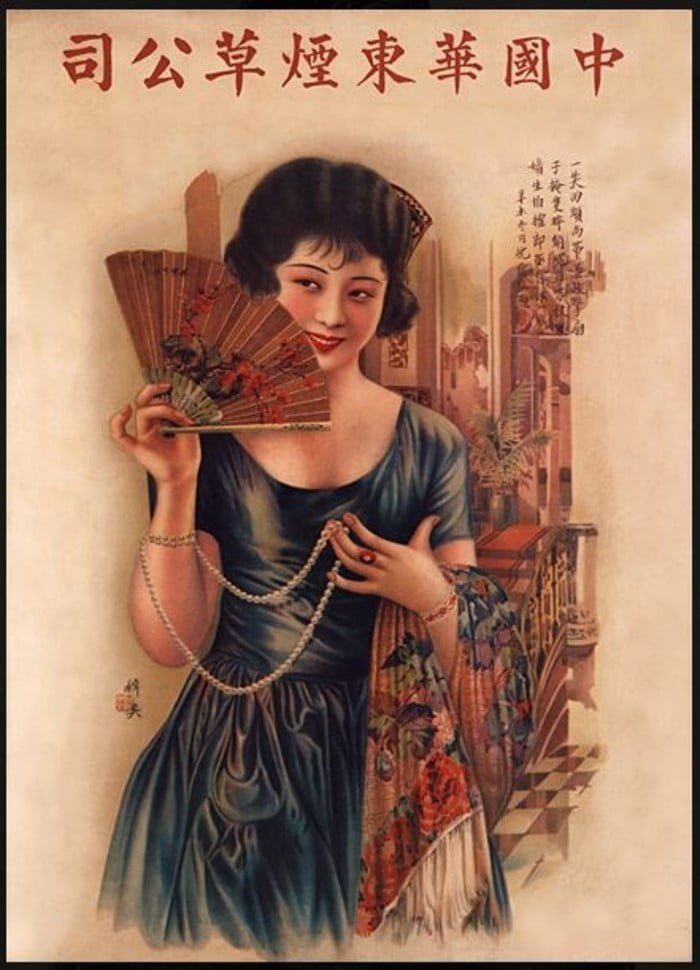

When you look at the old Chinese posters of the republican era, you’d always find women who permed their already very short hair. And even hair perming, went through a politicised process of being first banned by the government to eventually embraced by everyone. What’s interesting is that the first Chinese woman to have been recorded with a permed hair was in 1926, and she went all the way to the Philippines to do so. The price was about the monthly salary of a professor in China’s top university. So those who could afford it naturally were the celebrities, women from rich families and likes, and that became a highly sought after fashion by the masses before being banned in the mid-30s in the name of prudence and simplicity as a highly valued quality of women (with limited success of course).
So, fast forward 100 years or so, women and how we dress/look are still subject of public interest and debates related to morality and value. And we think that we have come a long way? I guess not really!
Public Service Announcement:
This series of photos were taken in partnership with the Sun Yat Sen Nanyang Memorial Hall to create more visual educational content online. They are currently running a Republica era women’s fashion exhibition (a small scale one–managing expectations here) Modern Women of the Republic: Fashion and Change in China and Singapore from now until 12.12.2021.
I’m also going to do a Facebook live lecture on 25 September 10.30am entitled From Hanfu to Cheongsam: Foreign influences in Traditional Chinese dresses, if you miss it or can’t make it due to time difference, you can always visit the museum’s Facebook page and they’ll post the video there!
Meanwhile, I’m still working on the #Yanzilou immersive online film project, hoping to start sharing more with you in mid September, so stay tuned!
We also appreciate contributions to Hanfugirl to allow us to produce and share more topics which are rarely written in English, and even less represented in images. I have a few projects (besides Yanzilou) that I’m dying to make such as the four guardian mythological creatures of the constellations, Chinese Weddings reinterpreted, Chinese gods and fantastic beasts… We’ll get there some day. Slowly, but surely.
Special thanks to Lin Tong for her knowledge, amazing retro vintage hairstyling, hairpin, and the velvet blue dress. Sharon (Dressed up dreams) for light and the Hanfugirls for modelling!

Leave a Reply